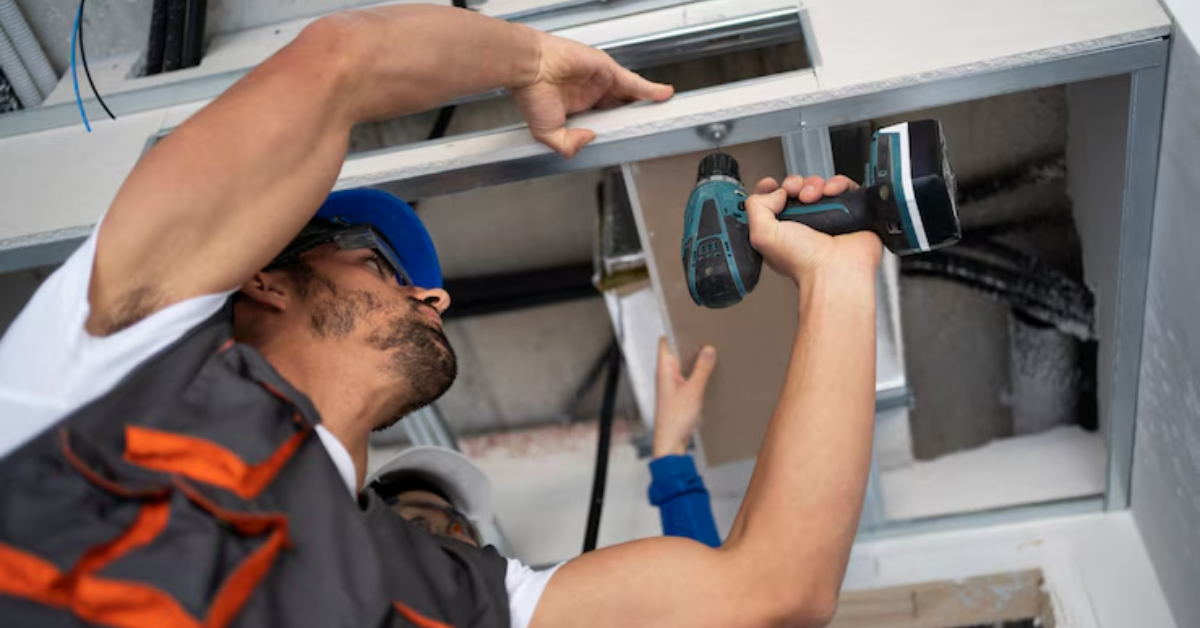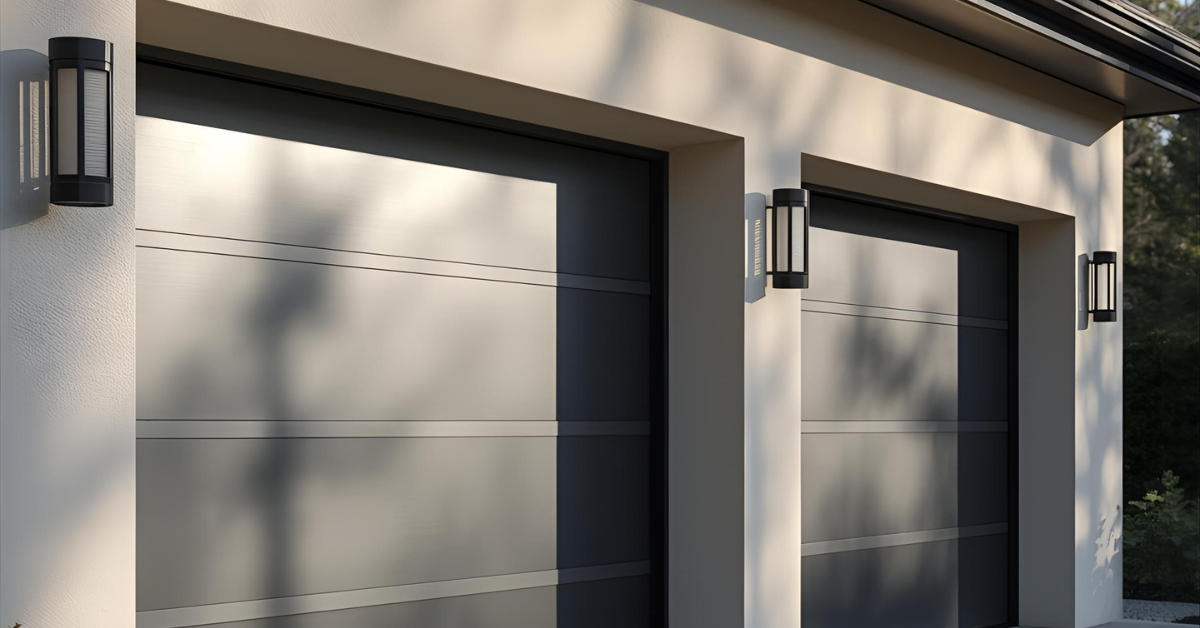How to Adjust Electric Garage Door Springs and Cables Safely?
If your electric garage door is making unusual noises, opening unevenly, or not functioning as smoothly as it used to, the issue could be with the springs or cables. These components are crucial for lifting and lowering the door efficiently. Learning how to adjust electric garage door springs and cables can save you time and money, but it's important to handle these parts with extreme caution due to the tension they hold. In this guide, we’ll walk you through the process step-by-step, using simple language and safety-focused advice.
Understanding the Role of Springs and Cables
Before jumping into the adjustment process, it helps to understand what these parts do. Garage door springs—either torsion or extension types—bear the weight of the door. Cables, typically located on both sides of the door, work in sync with the springs to raise and lower the door evenly. When either of these components is off-balance or worn out, your door won’t function properly.
Common signs that adjustments are needed include:
- The door opens unevenly or slowly
- Loud creaking or snapping sounds
- Gaps in the spring coil
- Cables look loose or frayed
Safety First: Precautions You Must Take
Adjusting garage door springs and cables can be dangerous. Springs are under a high amount of tension and can cause injury if handled improperly. If you're not confident, it's best to consult a professional garage door technician.
However, if you choose to proceed on your own, make sure to:
- Disconnect the power to the electric
garage door opener
- Use proper tools such as winding bars (not screwdrivers)
- Wear safety goggles and gloves
- Never remove a spring or cable without releasing the tension
Tools You’ll Need
- Winding bars for torsion springs
- Adjustable wrench
- Locking pliers or C-clamps
- Ladder
- Safety gear (gloves and eye protection)
How to Adjust Garage Door Springs
For Torsion Springs:
- Disconnect the Opener: Unplug the electric opener or switch it off at the breaker.
- Secure the Door: Use C-clamps or locking pliers below the bottom roller on both tracks to prevent the door from moving.
- Locate the Spring: The torsion spring is typically mounted horizontally above the door.
- Loosen the Set Screws: Use a winding bar to hold the spring’s tension and slowly loosen the set screws on the winding cone.
- Make the Adjustment: To increase tension (if the door is sagging or not opening fully), turn the winding bar upward. To reduce tension (if the door is flying open), turn it downward. Typically, a quarter-turn at a time is enough.
- Tighten and Test: Retighten the set screws, remove the C-clamps, reconnect the power, and test the door’s balance.
For Extension Springs:
These are found on either side of the garage door and stretch when the door is closed.
- Release Tension: Open the door fully and secure it with clamps.
- Adjust the S-hook or Cable Clip: Move the S-hook to a different hole to either increase or decrease spring tension.
- Balance the Tension: Repeat the adjustment on the other side to ensure equal tension.
How to Adjust Garage Door Cables
Cables are attached to the spring system and drum. They must maintain equal tension to ensure smooth door movement.
- Inspect the Cable: Look for fraying or loose connections at the drum and bottom bracket.
- Loosen the Cable Drum: Use an adjustable wrench to slightly loosen the cable drum on the side where the cable is slack.
- Tighten the Cable: Pull the cable tight and hold it in place while retightening the drum.
- Check Alignment: Make sure the cable sits properly in the drum grooves. Repeat on the other side if necessary.
- Test the Door: Reconnect power and operate the door. The movement should be smooth and balanced.
Final Check and Maintenance Tips
Once you’ve made the adjustments, perform a final test:
- Open and close the garage door a few times manually to ensure smooth operation.
- If the door stays in place when
halfway open, the spring tension is correctly balanced.
- Listen for unusual sounds that may indicate improper cable tracking or uneven tension.
To extend the lifespan of your garage door system:
- Lubricate the springs, rollers, and tracks every few months
- Inspect cables and springs for signs of wear
- Schedule a professional tune-up annually
The Right Time to Call a Professional
If you notice rusted springs, severely frayed cables, or experience difficulty balancing the tension, it's best to stop and call a certified garage door technician. DIY garage door spring or cable repair can be extremely hazardous without proper training.
Conclusion
Adjusting electric garage door springs and cables can restore smooth, safe functionality when done correctly. With the right tools, safety precautions, and a methodical approach, minor adjustments can be made at home. However, always prioritize safety and know when to seek expert help. Regular maintenance can prevent bigger problems and keep your garage door running like new.
By incorporating these tips and performing occasional tune-ups, you can avoid unnecessary wear and tear while ensuring your garage door system remains efficient and secure.




